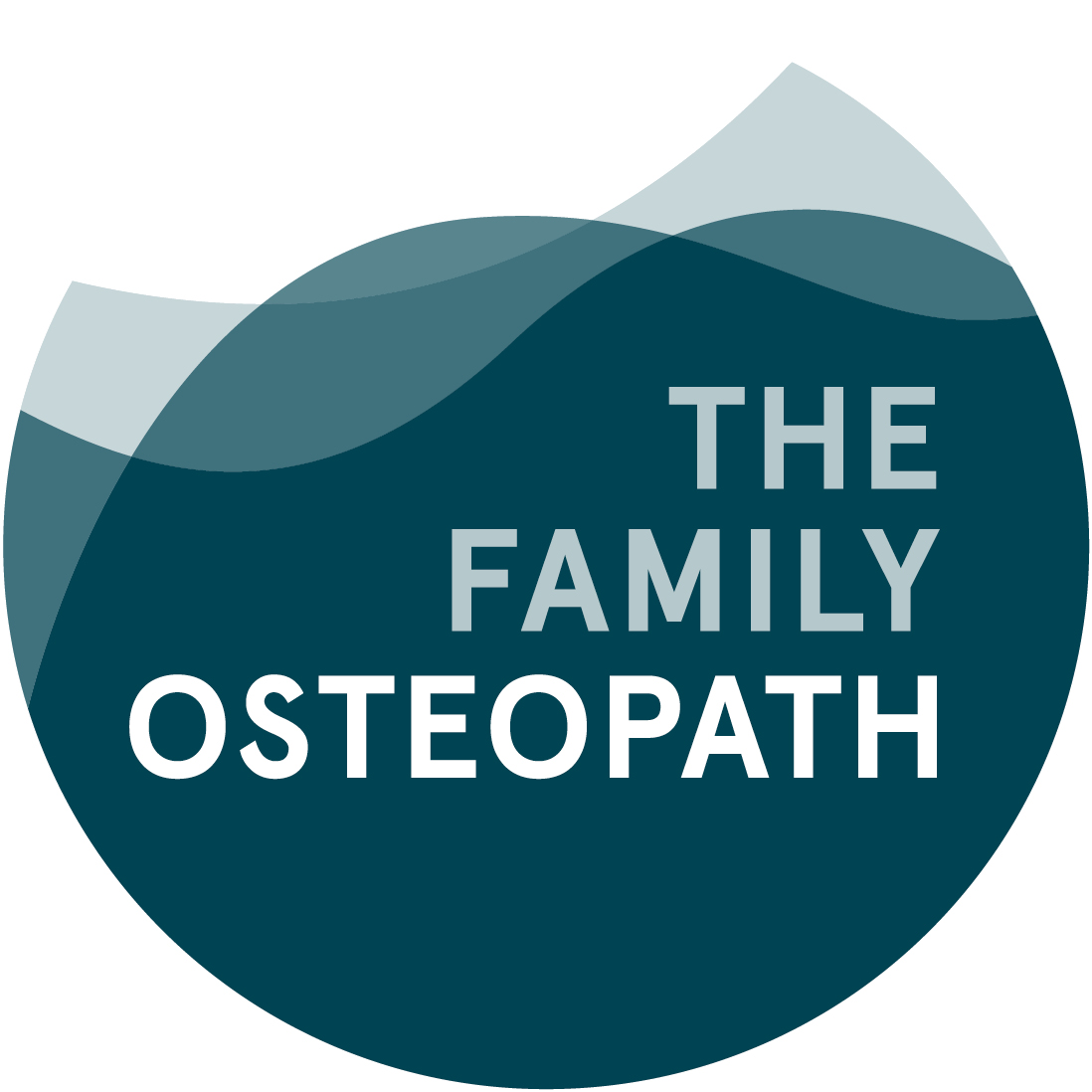OSTEOPATHY
Mindfulness for your body
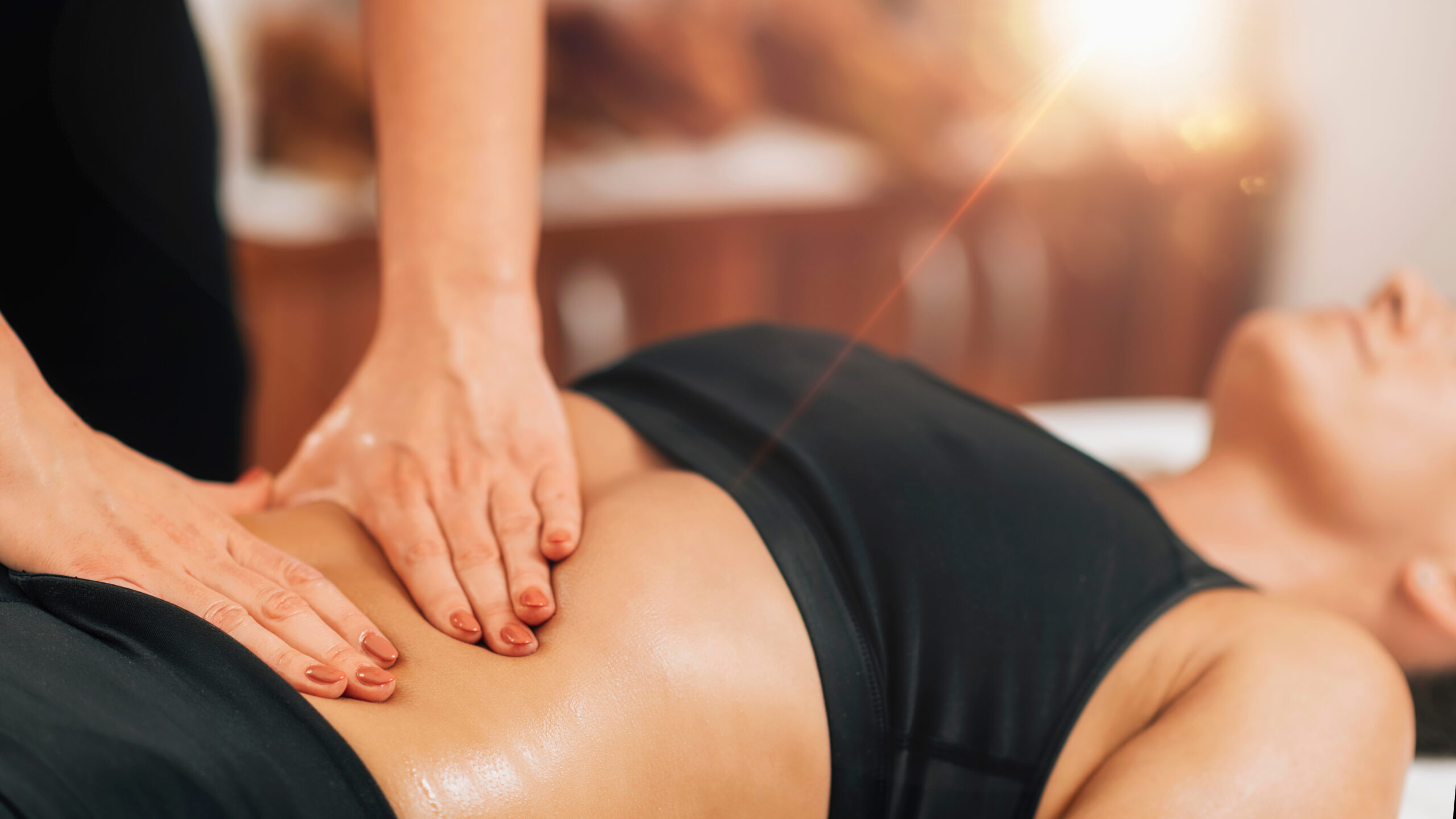
OSTEOPATHY
Osteopathy is an independent, holistic form of medicine that considers the patient individually and as a functional unit consisting of the body (with all its different structures), mind and spirit.
The therapy uses both gentle and mobilizing techniques to identify and treat functional disorders. The natural self-healing powers are activated and promoted, and not only individual symptoms are treated, but always the person as a whole.
The therapist has three main ways of influencing self-regulation:
- via the bones, muscles, ligaments and fascia (parietal Osteopathy)
- about the organs and their nervous, arterial and venous supply (visceral Osteopathy)
- via the cranial bones, the spinal cord and the central nervous system (craniosacral Osteopathy)
SPORTS OSTEOPATHY
Sports osteopathy is a specialised form of osteopathy tailored to the needs of athletes. Its main aim is to optimise physical performance, prevent injuries and promote regeneration after strain or injury.
Specific manual techniques are used to identify and treat muscular imbalances, movement restrictions and dysfunctions in the body. The focus is always on a holistic view of the body to ensure optimal interaction between muscles, joints and the nervous system. Sports osteopathy is used in both competitive and recreational sports and helps athletes of all disciplines to make the best use of their physical resources and to stay healthy in the long term.
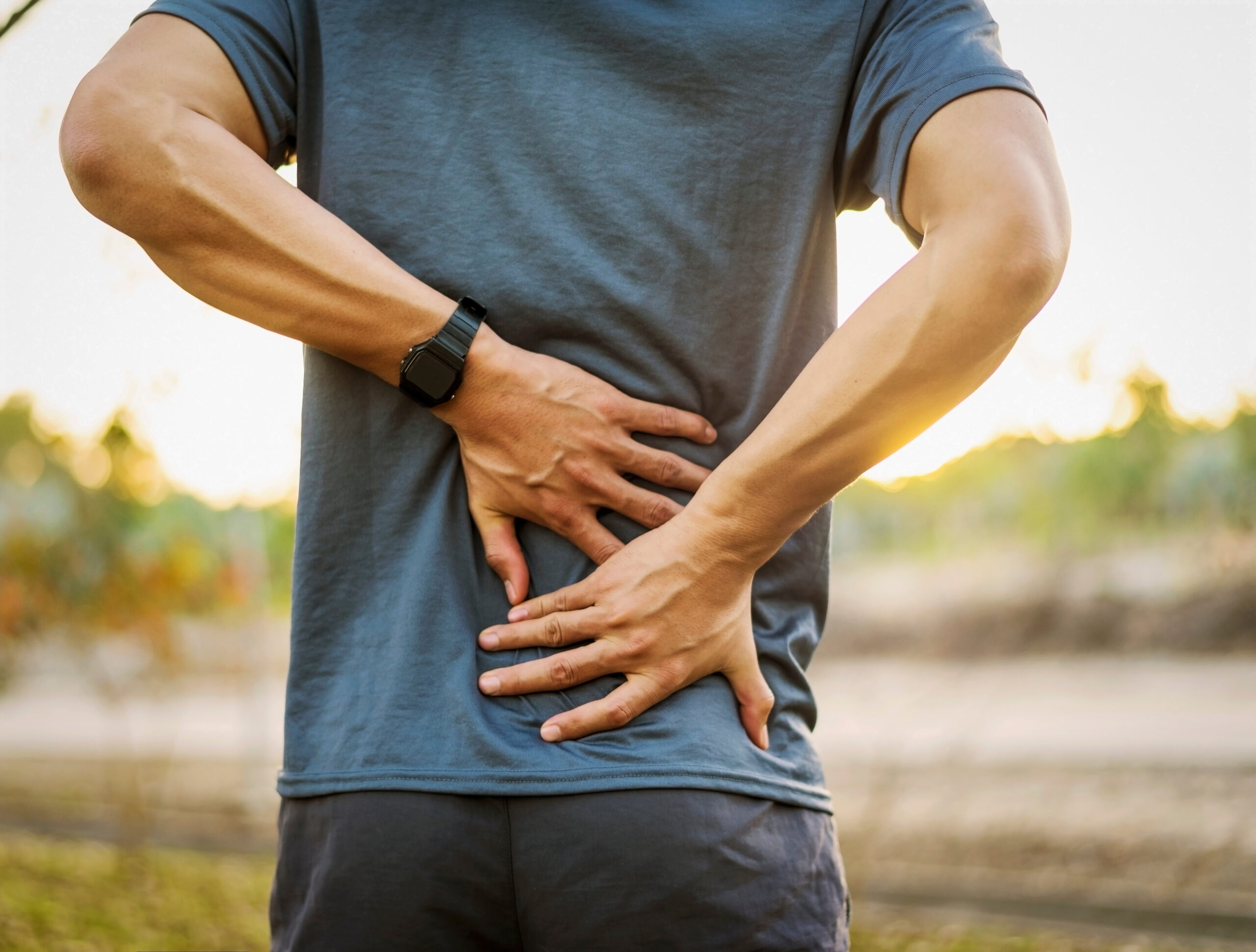
OSTEOPATHY FOR MOTHERS-TO-BE
Osteopathy is an independent, holistic form of medicine that views the human being individually and as a functional unit consisting of body (with all its different structures), mind and soul. The therapy uses both gentle and mobilizing techniques to identify and treat functional dysfunction. The natural self-healing powers are activated and promoted, and not only individual symptoms are treated, but always the person as a whole. This allows for the individual needs of women and mothers to be addressed.
Our exclusive therapy table, which can be adjusted to individual chest and abdominal heights and also allows treatment in the prone position for expectant/nursing mothers, allows us to optimally position, relieve and treat you. This allows us to treat problems and structures that may not be relaxed or accessible in other positions.
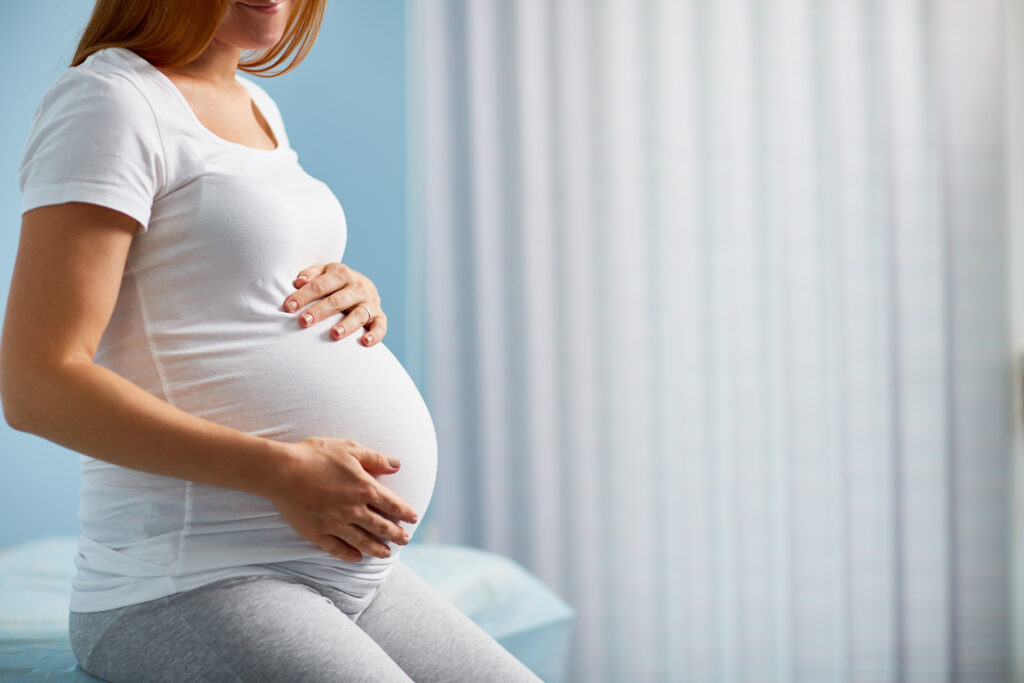
Osteopathic treatment can help alleviate and improve the following conditions during pregnancy, in preparation for childbirth and after childbirth:
- Back pain
- Pelvic pain / pelvic joint blockages
- Neck tension
- Tension headache
- Recurrent numbness in the legs
- Scar complaints
- Feeling of breathlessnes
- Compression of the kidneys and ureters
- Pain in the diaphragm, upper abdomen, ribs
- Painful irritation of the gallbladder
PELVIC FLOOR MUSCLES
Due to its anatomical location and function, a woman’s pelvic floor is designed to withstand exceptionally high loads. Each woman’s approach to this unique source of strength is unique. Weaknesses and potential are identified and treated individually through a detailed evaluation. In addition to the osteopathic treatment, the therapy includes a detailed information session and simple exercises that can easily be done at home.
The structures of the pelvic floor are subjected to extreme stress, especially during pregnancy, and therefore require special care to restore their full functionality.
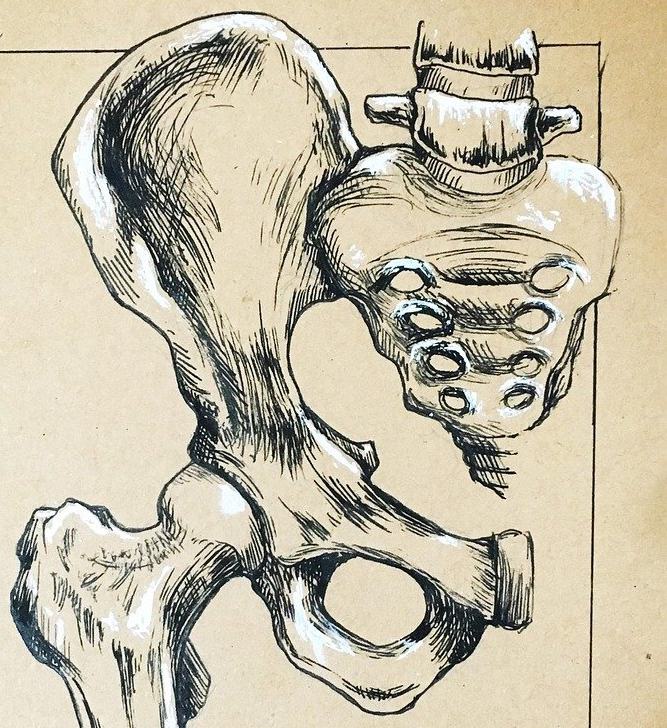
Possible symptoms of pelvic floor weakness:
- Involuntary loss of urine or stool when sneezing, laughing, coughing, exercising
- Painful bathroom visits
- Lumbar back pain
- Lower abdominal pain
- Pain, numbness and discomfort during sexual intercourse
- Downward pressure sensation
Pelvic floor disorders in men
Pelvic floor complaints in men are more common than people think and can have many different causes and symptoms. The pelvic floor is a sheet of muscles that supports the bladder, bowel and prostate and plays an important role in continence, sexuality and posture. Complaints in this area can include perineal pain, frequent urination, urinary or faecal incontinence, erectile dysfunction or a feeling of pressure in the pelvis.
Causes can include prostate surgery, chronic stress, incorrect exercise, tension or muscular imbalances. Treatment depends on the cause and may include physiotherapy, osteopathy, pelvic floor exercises or psychotherapeutic support. Early diagnosis and targeted therapy are essential for successful treatment.
